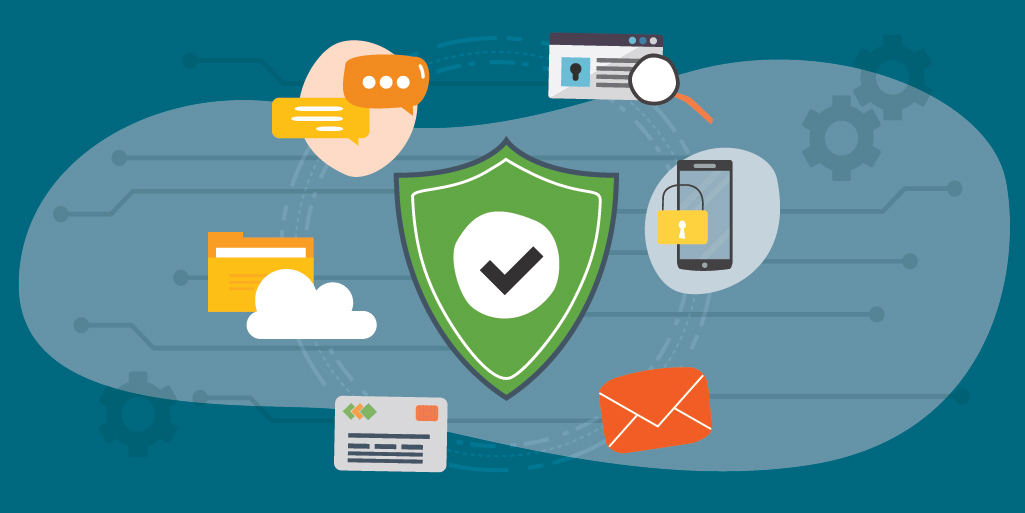
This term refers to a broad array of services that can be purchased by the customer. The phrase was defined when companies began serving up their offerings more as a service model rather than a purchase model. It shifts the focus of asset ownership and financial risk to the provider of the service. This allows the customer to save money by avoiding licensing, hardware purchases, training and installation.
Cloud computing technologies have allowed companies to expand offerings to their clients. One of the first, and most familiar, XaaS is software-as-a-service (SaaS). The software is not intended to be installed on site but instead is accessed through a remote connection.
What other types of services are available? Wikipedia has quite a long list.
Here are some more generally known and poplar services:
- BaaS: Backend-as-a-service for cloud storage and processing
- CaaS: Cloud-as-a-service or cloud services
- DaaS: Data-as-a-service centralizes your data in the cloud
- IaaS: Infrastructure-as-a-service allows your IT infrastructure to take advantage of a huge number of platforms, applications and software
Cyber criminals have adopted the XaaS business model as well.
- RaaS: Ransomware-as-a-service; cyber crooks can purchase these kits and perform attacks
- CCaaS: Cyber crime-as-a-service offers various attack tools and methods such as blackmailing, phishing, DDoS attacks and data encryption
- DDoSaaS: DDoS-as-a-service; notorious ne’er-do-wells will rent powerful stresser services to take down victims’ networks
Anything and everything as a service offers many benefits but also comes with disadvantages in terms of attacks. XaaS can improve productivity, decrease costs and also improve cyber attack protection. Many of the providers have rigorous strategies to protect their technology and include strong authentication procedures.
